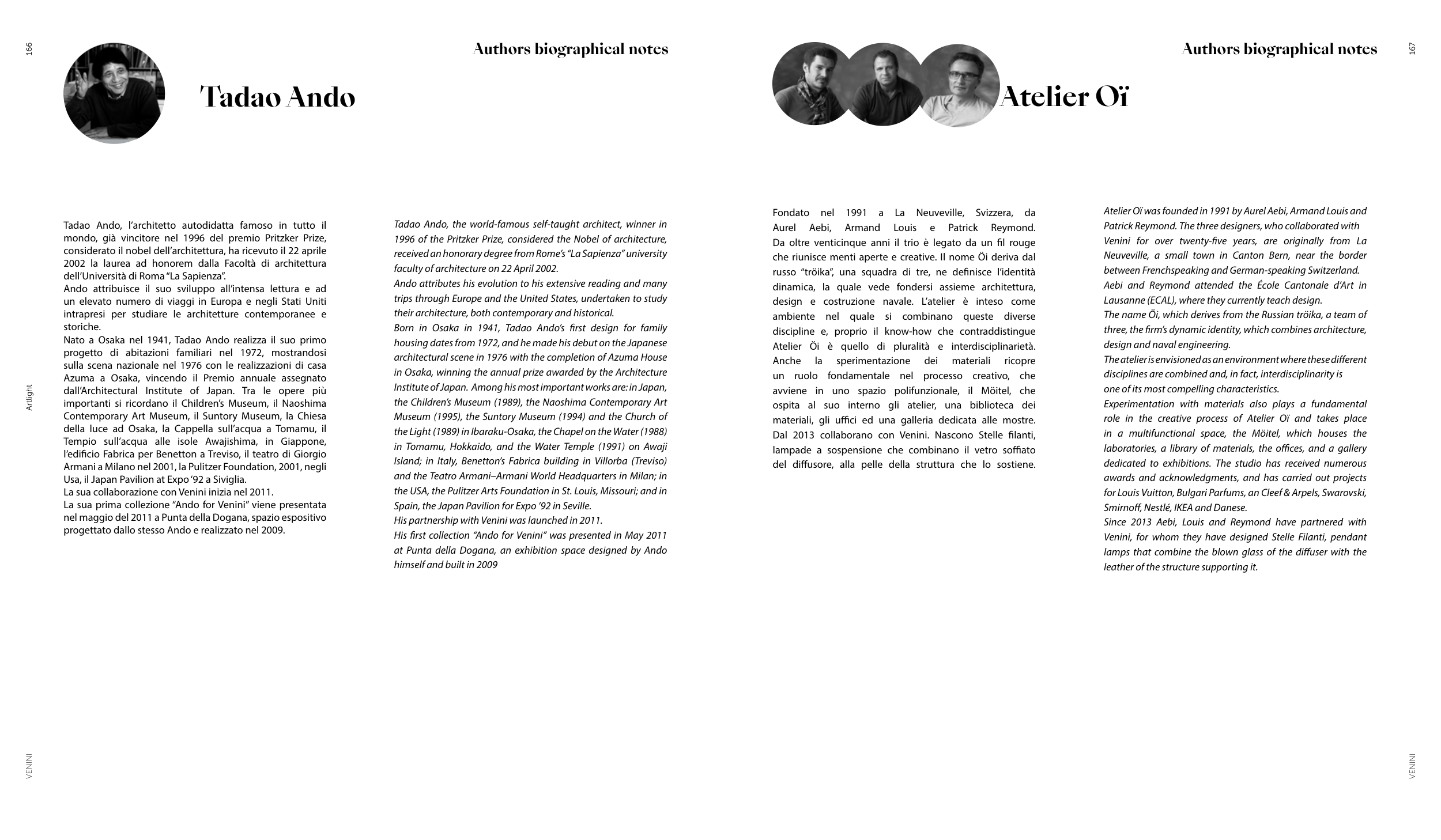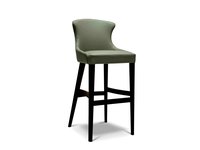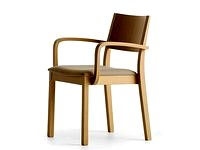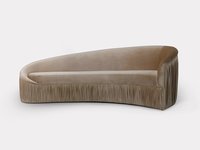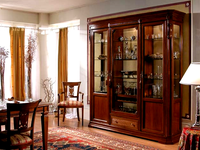167
VENINI
Artlight
166
VENINI
Tadao Ando
Atelier Oï
Tadao Ando, l’architetto autodidatta famoso in tutto il
mondo, già vincitore nel 1996 del premio Pritzker Prize,
considerato il nobel dell’architettura, ha ricevuto il 22 aprile
2002 la laurea ad honorem dalla Facoltà di architettura
dell’Università di Roma “La Sapienza”.
Ando attribuisce il suo sviluppo all’intensa lettura e ad
un elevato numero di viaggi in Europa e negli Stati Uniti
intrapresi per studiare le architetture contemporanee e
storiche.
Nato a Osaka nel 1941, Tadao Ando realizza il suo primo
progetto di abitazioni familiari nel 1972, mostrandosi
sulla scena nazionale nel 1976 con le realizzazioni di casa
Azuma a Osaka, vincendo il Premio annuale assegnato
dall’Architectural Institute of Japan. Tra le opere più
importanti si ricordano il Children’s Museum, il Naoshima
Contemporary Art Museum, il Suntory Museum, la Chiesa
della luce ad Osaka, la Cappella sull’acqua a Tomamu, il
Tempio sull’acqua alle isole Awajishima, in Giappone,
l’edificio Fabrica per Benetton a Treviso, il teatro di Giorgio
Armani a Milano nel 2001, la Pulitzer Foundation, 2001, negli
Usa, il Japan Pavilion at Expo ‘92 a Siviglia.
La sua collaborazione con Venini inizia nel 2011.
La sua prima collezione “Ando for Venini” viene presentata
nel maggio del 2011 a Punta della Dogana, spazio espositivo
progettato dallo stesso Ando e realizzato nel 2009.
Tadao Ando, the world-famous self-taught architect, winner in
1996 of the Pritzker Prize, considered the Nobel of architecture,
received an honorary degree from Rome’s “La Sapienza” university
faculty of architecture on 22 April 2002.
Ando attributes his evolution to his extensive reading and many
trips through Europe and the United States, undertaken to study
their architecture, both contemporary and historical.
Born in Osaka in 1941, Tadao Ando’s first design for family
housing dates from 1972, and he made his debut on the Japanese
architectural scene in 1976 with the completion of Azuma House
in Osaka, winning the annual prize awarded by the Architecture
Institute of Japan. Among his most important works are: in Japan,
the Children’s Museum (1989), the Naoshima Contemporary Art
Museum (1995), the Suntory Museum (1994) and the Church of
the Light (1989) in Ibaraku-Osaka, the Chapel on the Water (1988)
in Tomamu, Hokkaido, and the Water Temple (1991) on Awaji
Island; in Italy, Benetton’s Fabrica building in Villorba (Treviso)
and the Teatro Armani–Armani World Headquarters in Milan; in
the USA, the Pulitzer Arts Foundation in St. Louis, Missouri; and in
Spain, the Japan Pavilion for Expo ’92 in Seville.
His partnership with Venini was launched in 2011.
His first collection “Ando for Venini” was presented in May 2011
at Punta della Dogana, an exhibition space designed by Ando
himself and built in 2009
Fondato
nel
1991
a
La
Neuveville,
Svizzera,
da
Aurel
Aebi,
Armand
Louis
e
Patrick
Reymond.
Da oltre venticinque anni il trio è legato da un fil rouge
che riunisce menti aperte e creative. Il nome Öi deriva dal
russo “tröika”, una squadra di tre, ne definisce l’identità
dinamica, la quale vede fondersi assieme architettura,
design e costruzione navale. L’atelier è inteso come
ambiente nel quale si combinano queste diverse
discipline e, proprio il know-how che contraddistingue
Atelier Öi è quello di pluralità e interdisciplinarietà.
Anche
la
sperimentazione
dei
materiali
ricopre
un ruolo fondamentale nel processo creativo, che
avviene in uno spazio polifunzionale, il Möitel, che
ospita al suo interno gli atelier, una biblioteca dei
materiali, gli uffici ed una galleria dedicata alle mostre.
Dal 2013 collaborano con Venini. Nascono Stelle filanti,
lampade a sospensione che combinano il vetro soffiato
del diffusore, alla pelle della struttura che lo sostiene.
Atelier Oï was founded in 1991 by Aurel Aebi, Armand Louis and
Patrick Reymond. The three designers, who collaborated with
Venini for over twenty-five years, are originally from La
Neuveville, a small town in Canton Bern, near the border
between Frenchspeaking and German-speaking Switzerland.
Aebi and Reymond attended the École Cantonale d’Art in
Lausanne (ECAL), where they currently teach design.
The name Öi, which derives from the Russian tröika, a team of
three, the firm’s dynamic identity, which combines architecture,
design and naval engineering.
The atelier is envisioned as an environment where these different
disciplines are combined and, in fact, interdisciplinarity is
one of its most compelling characteristics.
Experimentation with materials also plays a fundamental
role in the creative process of Atelier Oï and takes place
in a multifunctional space, the Möitel, which houses the
laboratories, a library of materials, the offices, and a gallery
dedicated to exhibitions. The studio has received numerous
awards and acknowledgments, and has carried out projects
for Louis Vuitton, Bulgari Parfums, an Cleef & Arpels, Swarovski,
Smirnoff, Nestlé, IKEA and Danese.
Since 2013 Aebi, Louis and Reymond have partnered with
Venini, for whom they have designed Stelle Filanti, pendant
lamps that combine the blown glass of the diffuser with the
leather of the structure supporting it.
Authors biographical notes
Authors biographical notes


